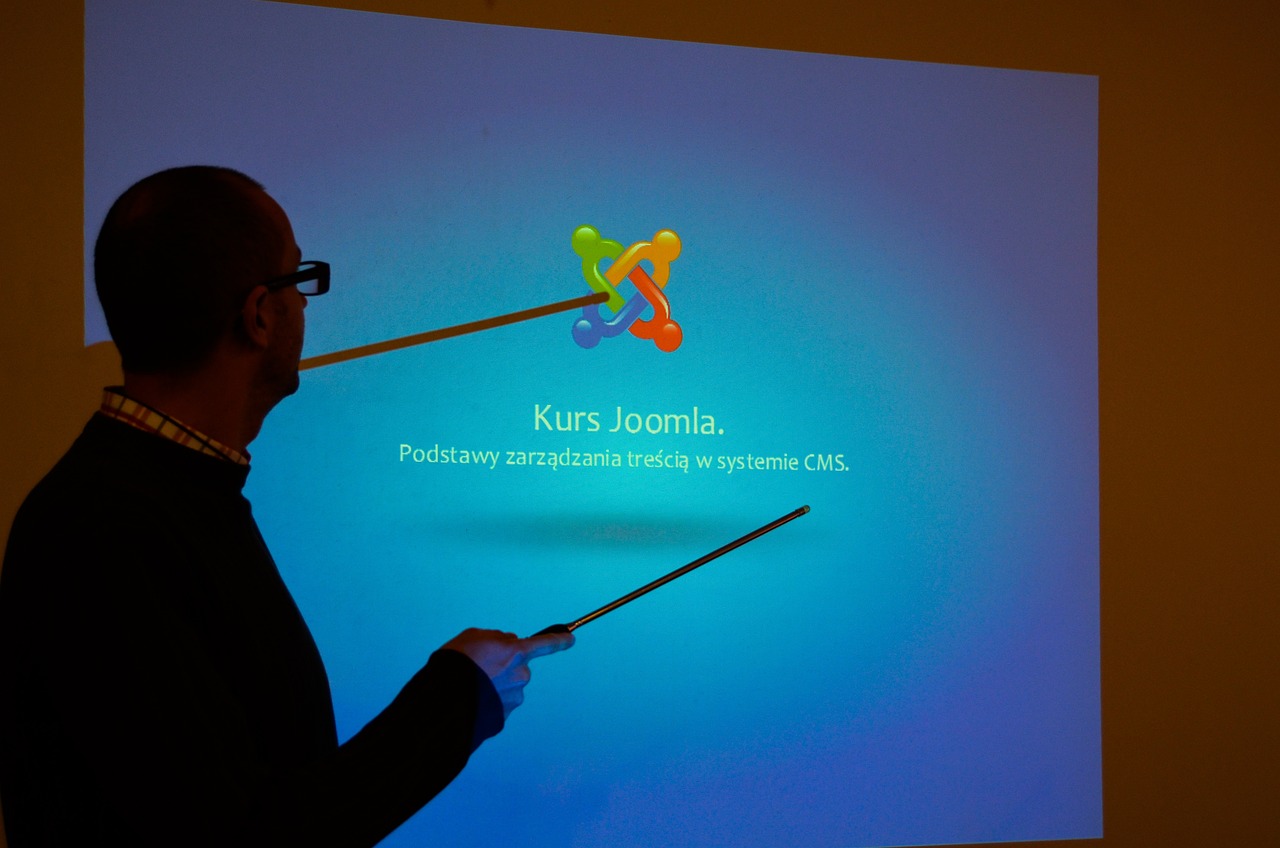Cost-Effectiveness
One of the most significant advantages of open-source Content Management System (CMS) platforms is their cost-effectiveness. These platforms offer a robust set of features and functionalities without the hefty price tag often associated with proprietary solutions.
No Licensing Fees
Open-source CMS platforms are typically free to use, which can result in substantial savings for businesses and developers. This absence of licensing fees allows organizations to allocate their budget to other critical areas such as custom development, design, or marketing.
Popular open-source CMS platforms with no licensing fees:
- WordPress
- Drupal
- Joomla
- TYPO3
- Concrete5
The cost savings extend beyond the initial acquisition, as updates and core functionality improvements are also provided free of charge. This ongoing value proposition makes open-source CMS platforms an attractive option for businesses of all sizes.
Lower Development Costs
Open-source CMS platforms often lead to lower development costs due to several factors:
- Community-contributed modules and themes: A vast library of pre-built solutions reduces development time and effort.
- Extensive documentation: Comprehensive guides and tutorials minimize the learning curve for developers.
- Large talent pool: The popularity of open-source platforms means a wider availability of skilled developers, potentially at more competitive rates.
| Cost Factor | Open-Source CMS | Proprietary CMS |
|---|---|---|
| Initial License | $0 | $5,000 – $100,000+ |
| Annual Maintenance | $0 – $1,000 | $1,000 – $20,000+ |
| Custom Development | $50 – $150/hour | $100 – $250/hour |
| Hosting | $5 – $100/month | $50 – $1,000+/month |
These lower development costs make open-source CMS platforms particularly appealing for startups and small to medium-sized businesses looking to establish a strong online presence without breaking the bank.
Flexibility and Customization
Open-source CMS platforms offer unparalleled flexibility and customization options, allowing businesses to create unique and tailored web experiences.
Wide Range of Plugins and Themes
The extensive ecosystem of plugins (also known as modules or extensions) and themes is a cornerstone of open-source CMS flexibility. These add-ons enable users to extend functionality and customize the appearance of their websites without the need for extensive coding knowledge.
Examples of popular plugins across various open-source CMS platforms:
- WordPress: WooCommerce (e-commerce), Yoast SEO (search engine optimization), Elementor (page builder)
- Drupal: Views (content display), Pathauto (URL management), Token (text replacement)
- Joomla: Akeeba Backup (site backups), JCE Editor (content editing), SP Page Builder (page design)
Themes provide pre-designed templates that can be easily customized to match a brand’s visual identity. Many open-source CMS platforms offer both free and premium themes, catering to various budgets and design preferences.
Open Access to Source Code
One of the defining features of open-source CMS platforms is the unrestricted access to the source code. This openness allows developers to:
- Modify core functionality
- Create custom modules or plugins
- Optimize performance for specific use cases
- Integrate with third-party systems and APIs
Customization possibilities:
- Unique user interfaces and experiences
- Custom content types and fields
- Bespoke workflow and approval processes
- Specialized search and filtering capabilities
- Integration with legacy systems or proprietary software
This level of customization ensures that businesses can create websites and applications that precisely meet their unique requirements, rather than being constrained by the limitations of a closed, proprietary system.
Security and Transparency

Contrary to some misconceptions, open-source CMS platforms often provide robust security features and benefits.
Community-Driven Security
The collaborative nature of open-source development contributes significantly to the security of these platforms. A global community of developers, security experts, and enthusiasts continuously scrutinize the code, identifying and addressing potential vulnerabilities.
Key security advantages of community-driven development:
- Rapid identification and patching of security issues
- Regular security updates and releases
- Peer review of code changes and additions
- Transparency in the handling of security vulnerabilities
Many open-source CMS platforms also benefit from dedicated security teams and processes. For example, Drupal’s Security Team coordinates the identification, verification, and resolution of security issues affecting the Drupal project.
Transparency in Code
The open nature of the source code in these CMS platforms provides a level of transparency that is often lacking in proprietary solutions. This transparency allows for:
- Independent security audits
- Verification of security claims
- Identification of potential backdoors or malicious code
Table of common security vulnerabilities and their solutions in open-source CMS:
| Vulnerability | Solution |
|---|---|
| SQL Injection | Prepared statements, input validation |
| Cross-Site Scripting (XSS) | Output encoding, Content Security Policy |
| Cross-Site Request Forgery (CSRF) | CSRF tokens, SameSite cookies |
| Broken Authentication | Strong password policies, multi-factor authentication |
| Sensitive Data Exposure | Encryption at rest and in transit, access controls |
While no system is completely immune to security threats, the transparency and community involvement in open-source CMS platforms often result in quicker identification and resolution of security issues compared to their proprietary counterparts.
Community Support
A thriving community is one of the hallmarks of successful open-source CMS platforms, providing invaluable support and resources to users and developers alike.
Active User and Developer Communities
Open-source CMS platforms benefit from large, active communities that contribute to their ongoing development, support, and innovation. These communities provide:
- Peer-to-peer support through forums and discussion boards
- Sharing of best practices and solutions to common problems
- Development of new features and functionality
- Creation and maintenance of third-party plugins and themes
Popular community resources for open-source CMS platforms:
- WordPress: WordPress.org forums, WordCamps (conferences)
- Drupal: Drupal.org forums, DrupalCon (conferences)
- Joomla: Joomla Forum, Joomla User Groups
- TYPO3: TYPO3 Forum, TYPO3 Association
- Concrete5: Concrete5 Community
These vibrant communities ensure that users have access to a wealth of knowledge and support, often at no additional cost.
Extensive Documentation
Comprehensive documentation is a crucial component of open-source CMS platforms, facilitating easier adoption, development, and troubleshooting.
Key benefits of extensive documentation:
- Reduced learning curve for new users and developers
- Faster problem resolution and troubleshooting
- Improved code quality and adherence to best practices
- Enhanced ability to customize and extend the platform
Many open-source CMS platforms maintain detailed documentation covering various aspects of their systems:
- Installation and setup guides
- User manuals and administration guides
- Developer documentation and API references
- Theming and design guidelines
- Security best practices and hardening techniques
This wealth of information empowers users and developers to make the most of their chosen CMS platform, contributing to more successful and efficient web projects.
Performance and Scalability

Open-source CMS platforms can be optimized for high performance and scalability, making them suitable for websites of all sizes and traffic levels.
Performance Optimization
Many open-source CMS platforms offer built-in performance optimization features and support additional tools to enhance speed and efficiency.
Performance optimization techniques for open-source CMS:
- Caching: Page, object, and database query caching
- Content Delivery Networks (CDN): Distributing static assets globally
- Minification: Reducing CSS, JavaScript, and HTML file sizes
- Image optimization: Compressing and serving appropriately sized images
- Database optimization: Query optimization and indexing
- Lazy loading: Deferring the loading of non-critical resources
Popular performance optimization plugins:
- WordPress: W3 Total Cache, WP Rocket, Autoptimize
- Drupal: Memcache API and Integration, Advanced CSS/JS Aggregation
- Joomla: JCH Optimize, JShrink
Scalability Options
Open-source CMS platforms can be configured to handle growing traffic and content needs, ensuring that websites can expand alongside business growth.
Scalability features of open-source CMS:
| Feature | Description |
|---|---|
| Horizontal scaling | Adding more servers to distribute load |
| Vertical scaling | Increasing resources (CPU, RAM) on existing servers |
| Database sharding | Distributing database load across multiple servers |
| Multisite capabilities | Managing multiple websites from a single installation |
| Caching layers | Implementing various caching mechanisms to reduce server load |
These scalability options allow businesses to start small and grow their online presence without the need to migrate to a different platform as their needs evolve.
Ownership and Control
Using an open-source CMS platform provides businesses with full ownership and control over their website and data.
No Vendor Lock-In
Open-source CMS platforms eliminate the risk of vendor lock-in, giving businesses the freedom to:
- Choose their preferred hosting provider
- Migrate their website to different servers or environments
- Modify and extend the platform without restrictions
- Avoid dependency on a single vendor for support and maintenance
This flexibility ensures that businesses can adapt their web presence to changing needs without being constrained by proprietary technologies or vendor-specific limitations.
Full Data Ownership
Data ownership is a critical concern for many organizations, and open-source CMS platforms address this by ensuring that businesses retain complete control over their data.
Benefits of full data ownership:
- Data privacy: Control over where and how data is stored and processed
- Compliance: Easier adherence to data protection regulations (e.g., GDPR, CCPA)
- Data portability: Ability to easily export and migrate data to other systems
- Customized data handling: Implementing specific data management practices
- Long-term data access: No risk of losing access due to vendor changes or closures
This level of control over data is particularly important for businesses operating in regulated industries or those dealing with sensitive information.
Conclusion
Open-source CMS platforms offer a compelling set of benefits that make them an attractive choice for businesses and developers alike. From cost-effectiveness and flexibility to robust security and strong community support, these platforms provide a solid foundation for building and maintaining modern websites.
The ability to customize and extend open-source CMS platforms, coupled with their performance optimization capabilities and scalability options, ensures that they can meet the diverse needs of organizations of all sizes. Furthermore, the ownership and control afforded by open-source solutions provide businesses with the freedom and flexibility to adapt their web presence as their needs evolve.
As the digital landscape continues to evolve, open-source CMS platforms are well-positioned to remain at the forefront of web development, driven by their active communities and commitment to innovation. For businesses looking to establish or enhance their online presence, open-source CMS platforms offer a powerful, flexible, and cost-effective solution that can grow and adapt alongside their needs.

